At its peak, Battersea Power Station supplied a fifth of London’s electricity, including to Buckingham Palace and parliament. Today, the most electric thing about it is the virtual reality gaming venue on site. Times have changed – but the reopening of the power station allows us to rediscover one of our finest pieces of industrial heritage and to take stock of the neighbourhood’s £9 billion makeover.
The iconic Grade II*-listed building was decommissioned and shut down in 1983. Over the past ten years, in Europe’s largest urban regeneration project, it has been restored and repurposed. The project reaches its climax today when the power station reopens as a residential, retail and hospitality development. As Simon Murphy, CEO of the development company (owned by a consortium of Malaysian investors), declared: ‘The icon is reborn.’
There is a lot to take in. The site covers 42 acres and includes 3.5 million sq ft of mixed commercial space and 4,239 new homes. There are surrounding apartments and amenities, including Circus West Village which opened in 2017, but the heart of the action is at the power station building itself in the two restored Turbine Halls. Turbine Hall A is all Art Deco glamour, reflective of the 1930s when the power station was built, while Turbine Hall B, which was completed in the 1950s, has a brutalist, industrial-chic look.
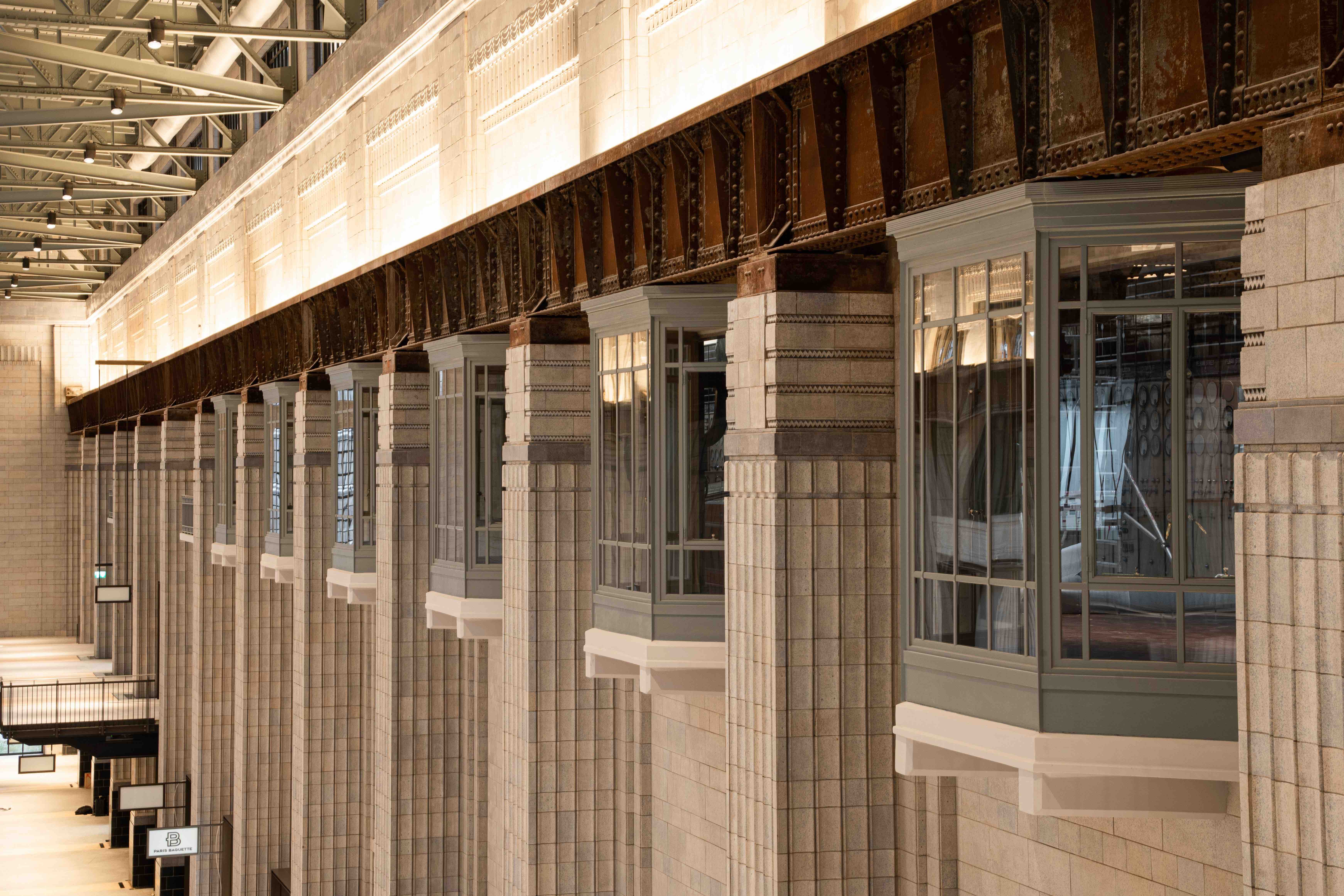
It does its best to ensure you never need to leave: there’s at least a couple of gyms, a cinema, crazy golf, theatre, luxury hair salon, even a dentist
The power station’s silhouette is emblazoned in the public imagination thanks to Pink Floyd’s 1977 album Animals – not to mention, more recently, The Dark Knight, The King’s Speech and Superman III in which it was used as a backdrop. In 1939, it was voted the nation’s second favourite ‘modern’ building after the flagship Peter Jones store in Chelsea (which I think rather flatters John Lewis).
From an architectural point of view, one can only marvel at the station itself, painstakingly restored to its former glory and with homages everywhere to its illustrious past. A special ‘Battersea Blend’ brick was created to replace some of the six million used in the original main building. There are little pleasing details, such as the design of the park dustbins, inspired by the old chimney shafts. As for the shafts themselves, they have been rebuilt from scratch to the original specifications. The north-west one now features a great glass elevator: visitors can pop out 109 metres up to admire panoramic views of London.
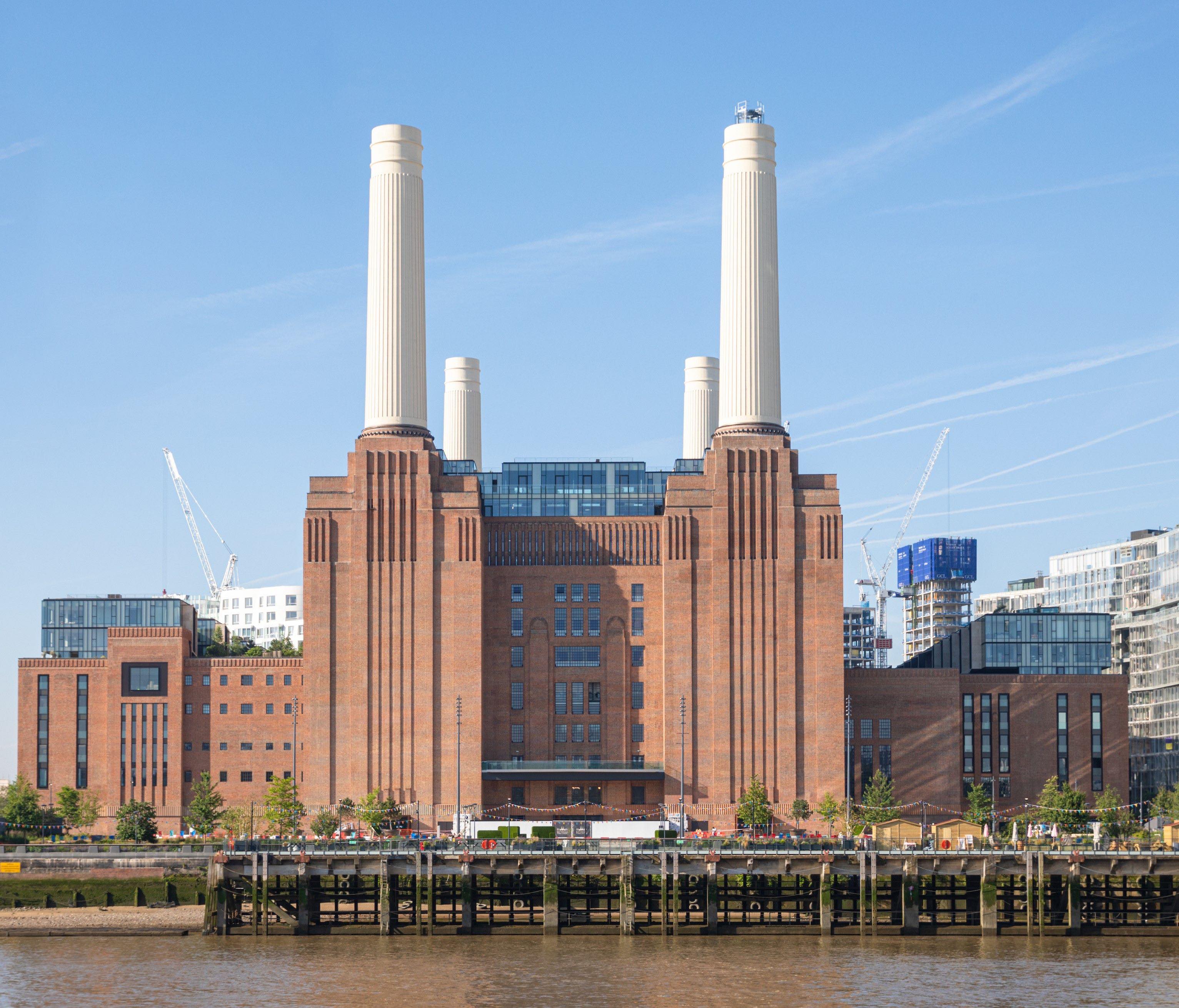
What is there to see and do? Mainly eat, drink and shop. Though it is described not as a restaurant quarter or shopping mall but as a ‘neighbourhood’, it does its best to ensure you never need to leave: there’s at least a couple of gyms, a cinema, crazy golf, theatre, luxury hair salon, even a dentist. Bear Grylls (who owns one of the building’s swanky flats) has partnered with a gym downstairs which presumably helps cover the mortgage.
There are some interesting higher-end restaurants, including Amalfi Coast-inspired Fiume, as well as budget-friendly favourites in Tonkotsu and Roti King. And there is much more which looks appealing, albeit not entirely comprehensible – the ‘UK’s first art’otel’ and an ‘urban winery’ both had me flummoxed, but they’re all clearly excited so let’s let them be.
The eateries know their audience. Guests are urged to ‘Celebrate the small 4 p.m. wins’ with 4 p.m. to 7 p.m. happy hours every weekday at Megan’s, which looks to largely be populated by people who got rejected for Soho House membership. There’s a list of dog-friendly restaurants – one bar is ‘more than happy to welcome you both to their relaxed, all-day experience from morning coffee to nightcap’. (It doesn’t specify whether the double Scotch on the rocks for the pooch costs the same as your own.)
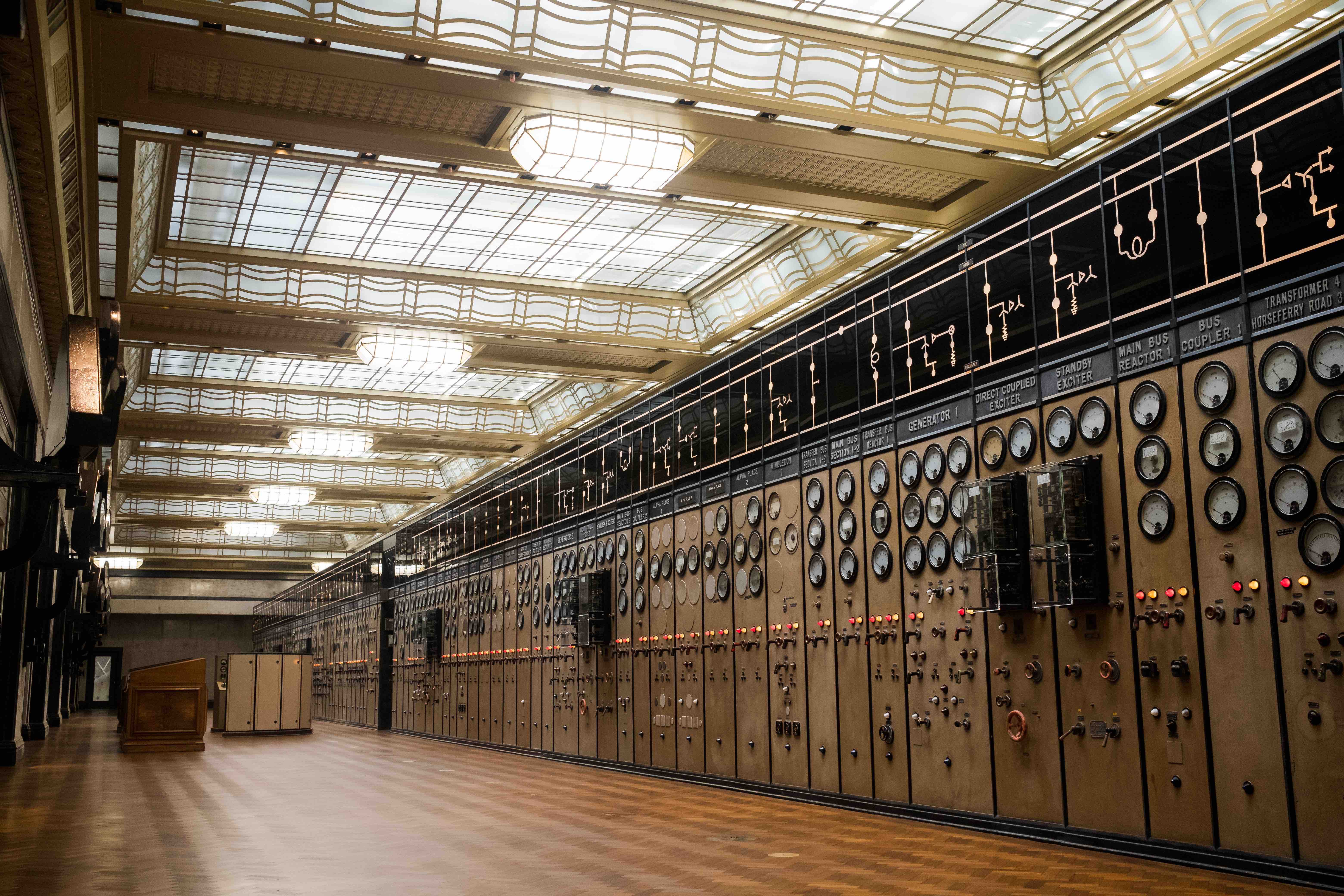
Not everything is open yet. Things to come in 2023 and beyond include a second Arcade food market from the unstoppable JKS restaurateurs, and a Gordon Ramsay venue called Bread Street to join his already opened street pizza restaurant. The developers are talking the site up as one of the capital’s most exciting restaurant hotspots, though of course PR speak should be taken with a pinch of salt: I started reading with interest about ‘the premier roaster and retailer of specialty coffee in the world’ before realising the opening in question was Starbucks.
Shops are, predictably, dominated by big-name high-street brands. The inclusion of Abercrombie & Fitch which long ago lost its appeal feels a dreary choice. There’s a good bookshop specialising in art and architecture volumes. The Battersea General Store, meanwhile, is making Twitter waves for selling £1,000 bottles of wine which may be exciting for some. There is also plenty of entertainment and event space. The Coaling Jetty is pleasant, with regular yoga classes and presumably group spirit chanting. It’s all a bit theme park – a bit ‘who needs to be in Zone 1 when it’s all right here without even leaving?’. But it’s nice all the same. And the improved public access – a 450 metre riverside pathway and six-acre park in front of the power station – are boons.
The question is whether people will come. It has managed to attract major firms into its office space. Apple has chosen the site as its HQ in the UK, moving from Mayfair. The wider development of the area hasn’t all been plain sailing: a much-anticipated footbridge from Pimlico to Nine Elms looks to be dead in the water, with residents on the Pimlico side deciding hordes of south Londoners disrupting their quiet life wasn’t worth the trade-off of being closer to the Nine Elms Waitrose. But footfall will be helped massively by the two new Underground stations.
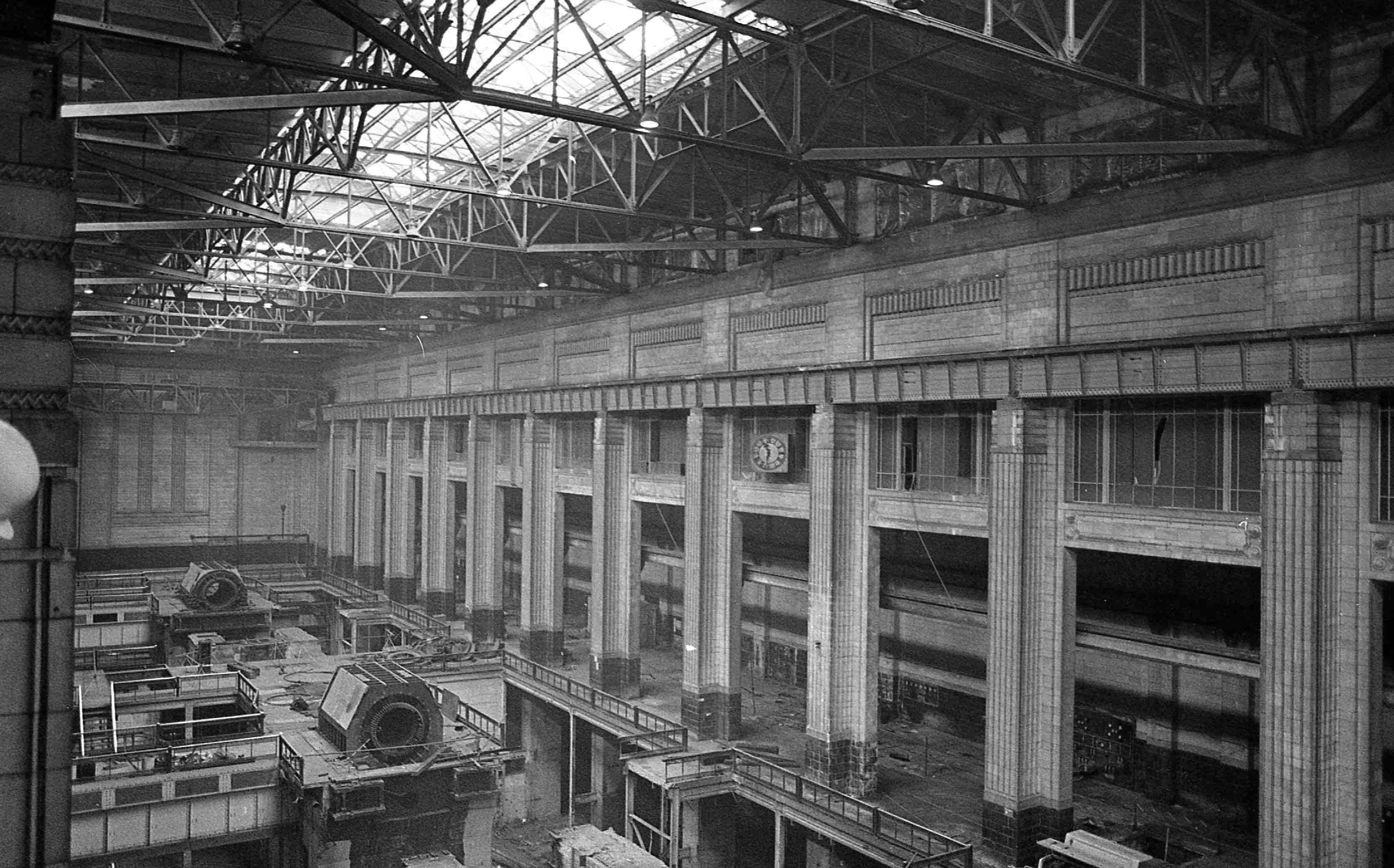
Developers highlight other parts of the Nine Elms redevelopment which includes the US embassy and luxurious flats (including the now-famous sky pool bridging across two of them, 35 metres up). A bigger draw is likely to be the proximity to Chelsea, a 20-minute walk away. What’s more, Battersea Park – London’s answer to Central Park – is right on the doorstep. Together with the High Line-inspired gardens, soaring Art Deco brick towers, dog walkers and ‘brunch with the gals’ groups, this is the closest London gets to New York. Which will delight millennials and Gen Z and probably repulse everyone else, something I imagine suits the developers just fine.
So I would say it’s a mixed picture. Some of the site’s new-builds surrounding the power station itself fall into the ‘make it metal, glass and zig-zaggy and people will come’ trend. But nothing can take away from the fact that this redevelopment has, at long last, marked the rebirth of one of the capital’s most distinctive landmarks. It was a travesty to have the great hulking edifice crumbling on the banks of the Thames, as it did for almost three decades. Like London’s other great power station, which reopened as Tate Modern in 2000 and has become one of the capital’s most visited attractions, Battersea Power Station is likely to be a hit. That the building is restored is hugely cheering. And if it manages to breathe life into the wider area it will be nothing but good news – even if it is full of girls having boozy brunches at Megan’s.

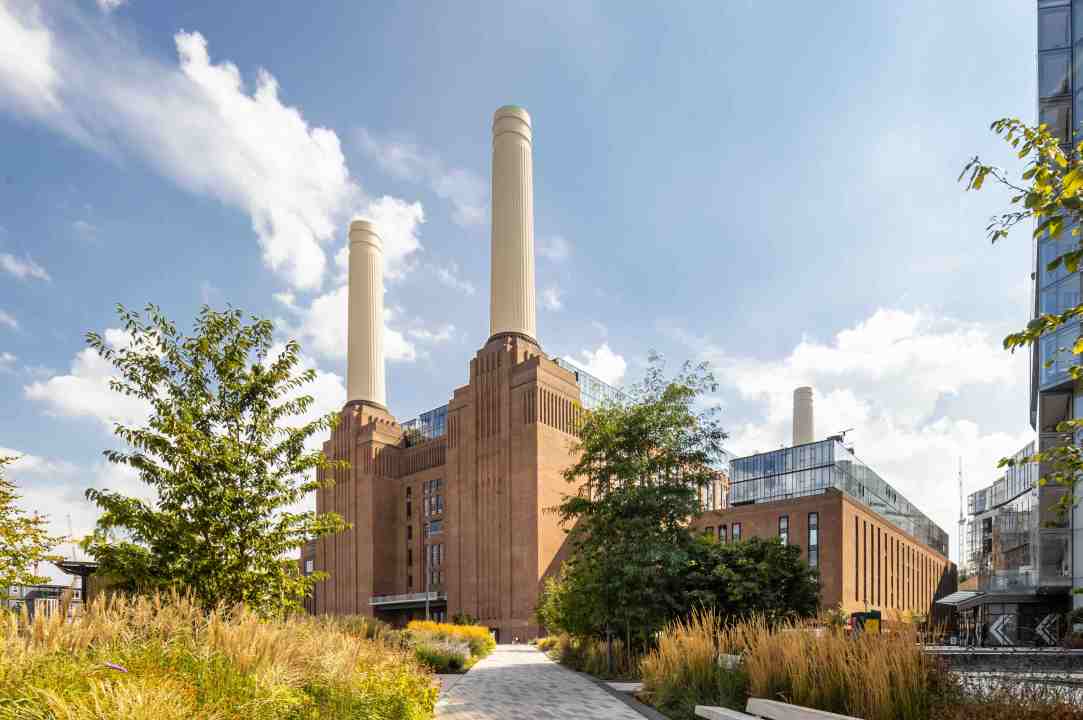
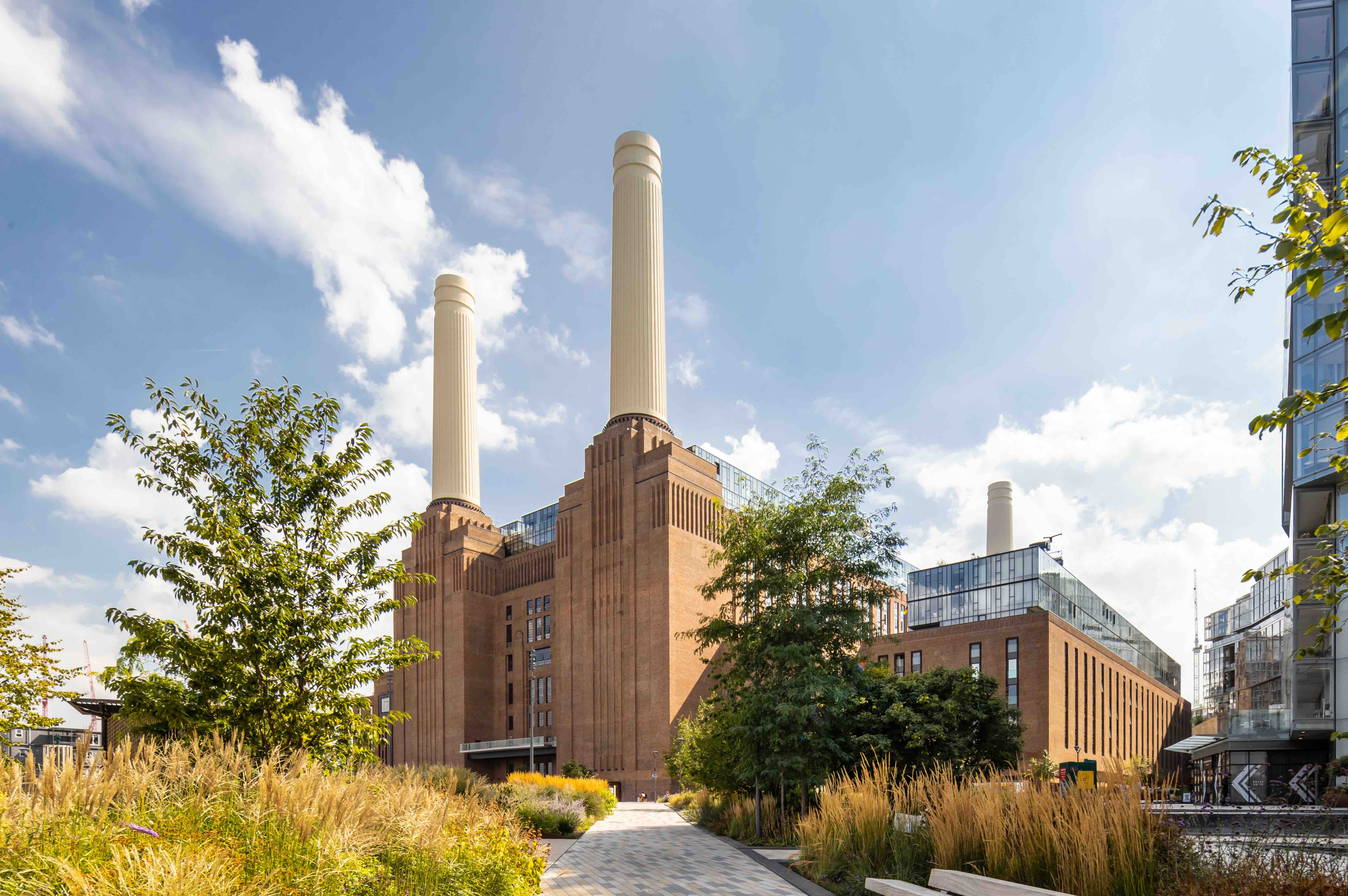
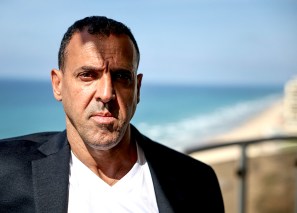


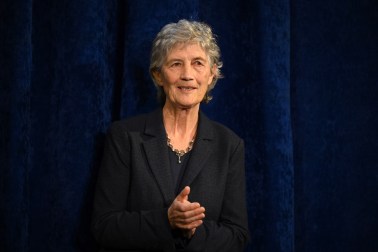
Comments